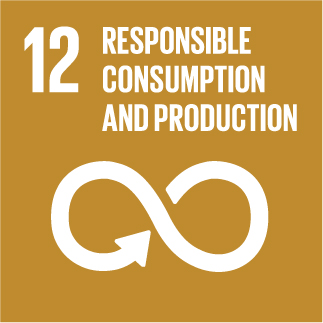Integrated manufacturing of REciclable multi-material COmposites for the TRANSport sector
Atmospheric plasma activation and thin film deposition processes for adhesion improvement and corrosion resistance in the automotive industry
Atmospheric pressure plasma treatments of composite and different polymer surfaces integrated into the industry with dedicated robots to control the treatment parameters are presented in this work and evaluated as a reliable and cost?saving production approach for surface preparation before painting or bonding. Moreover, functional thin films deposited using atmospheric plasma processes described also in this study have been identified as a reliable and environmentally friendly solution for the automotive industry.The latest trends in the automotive industry show a shift towards more lightweight, robust vehicles powered by electric energy. Light weighting can be achieved through the use of carbon?reinforced composite materials or light metals, such as aluminum, and by using adhesives for bonding instead of rivets and bolts. In this paper, results from the characterization of plasma?treated polypropylene using water contact angle goniometry, X?ray photoelectron spectroscopy, and attenuated total reflectance Fourier?transform infrared spectroscopy are presented, showing the functionalization of the surface with chemical groups originating in the plasma phase. The improved adhesion to a hot melt adhesive is discussed and linked to an industrial headlamp application. Other case studies presented involve the plasma treatment of thermoplastic elastomers for car doors, the surface modification of semi?trailer panels, and the deposition of plasma?derived nanocoatings on aluminum substrates to promote corrosion resistance.

» Author: Dhia Ben Salem, Daphne Pappas, Magnus Buske
» Publication Date: 06/02/2023

This project has received funding from the European Union's Horizon 2020 research and innovation programme under grant agreement Nº 768737


